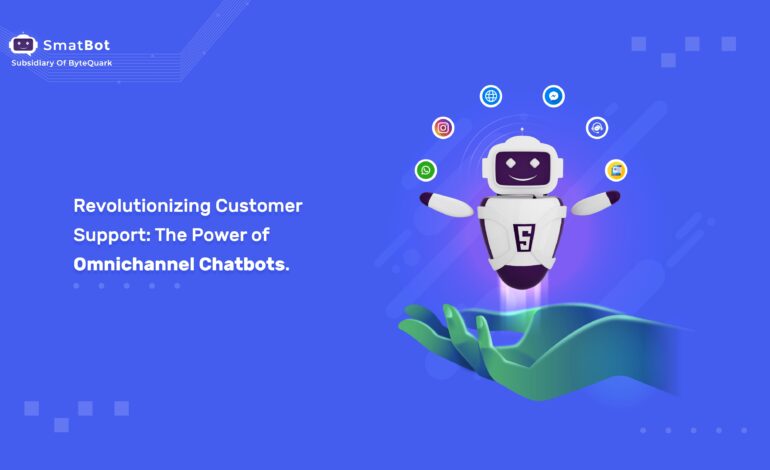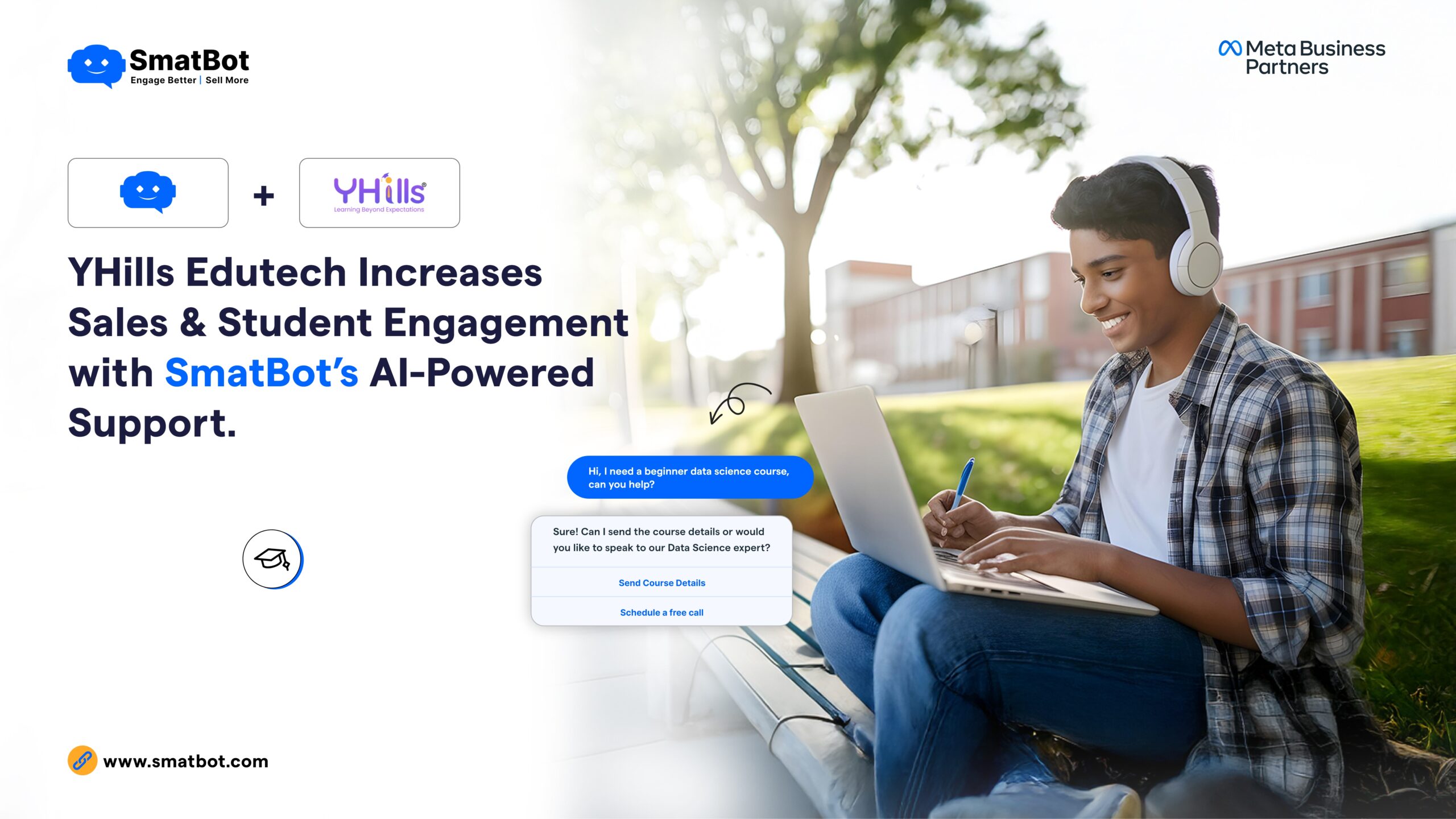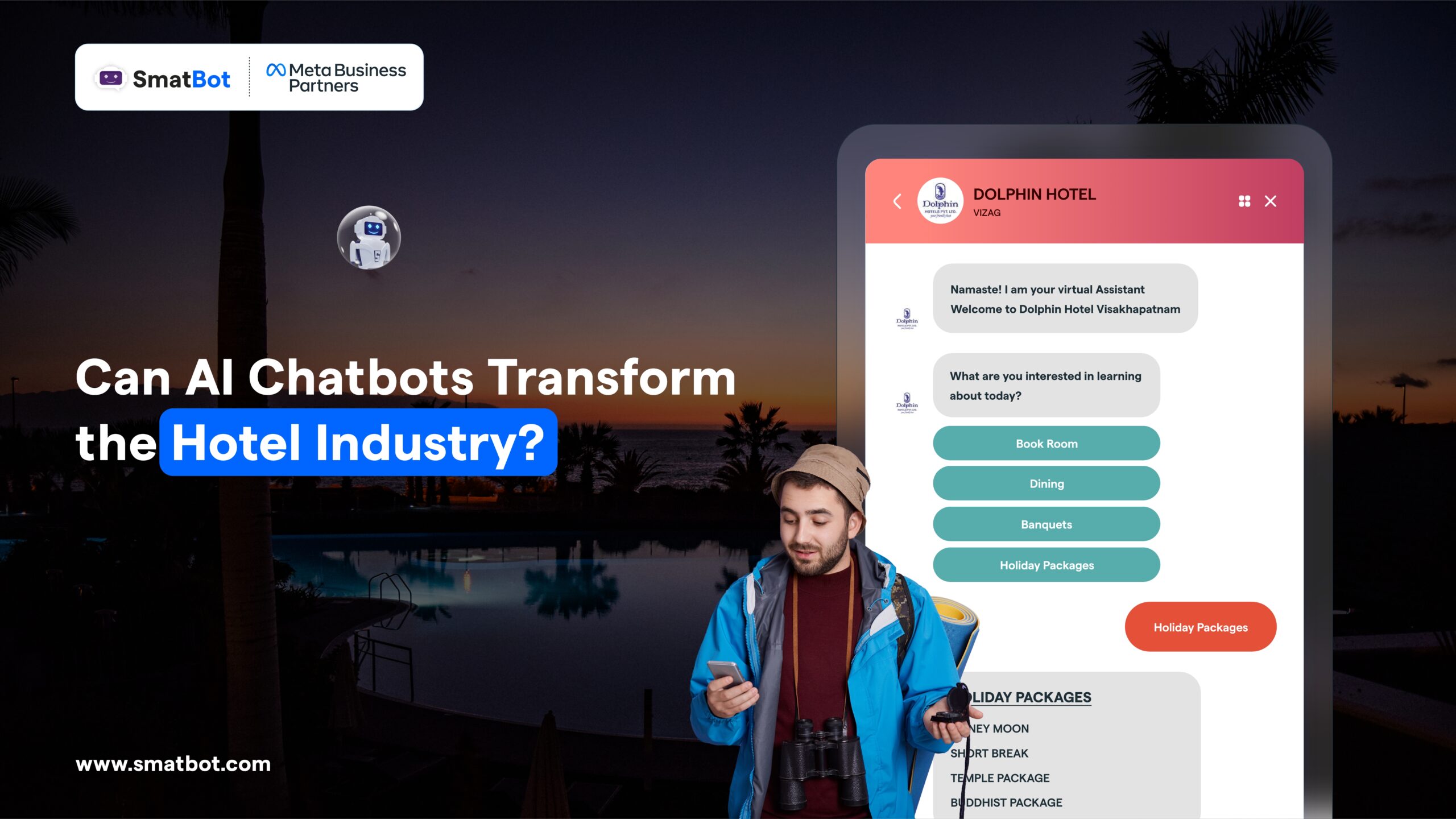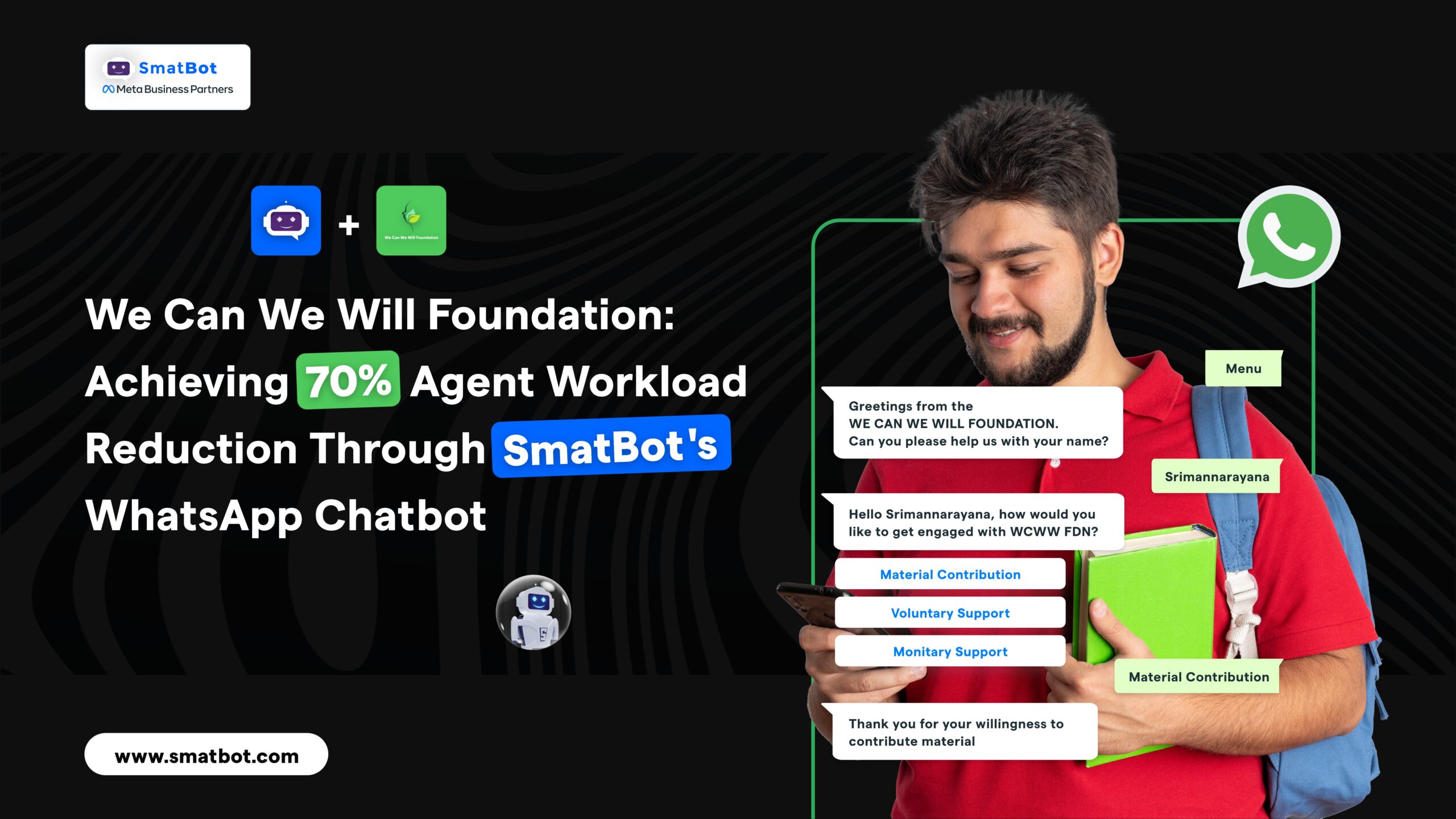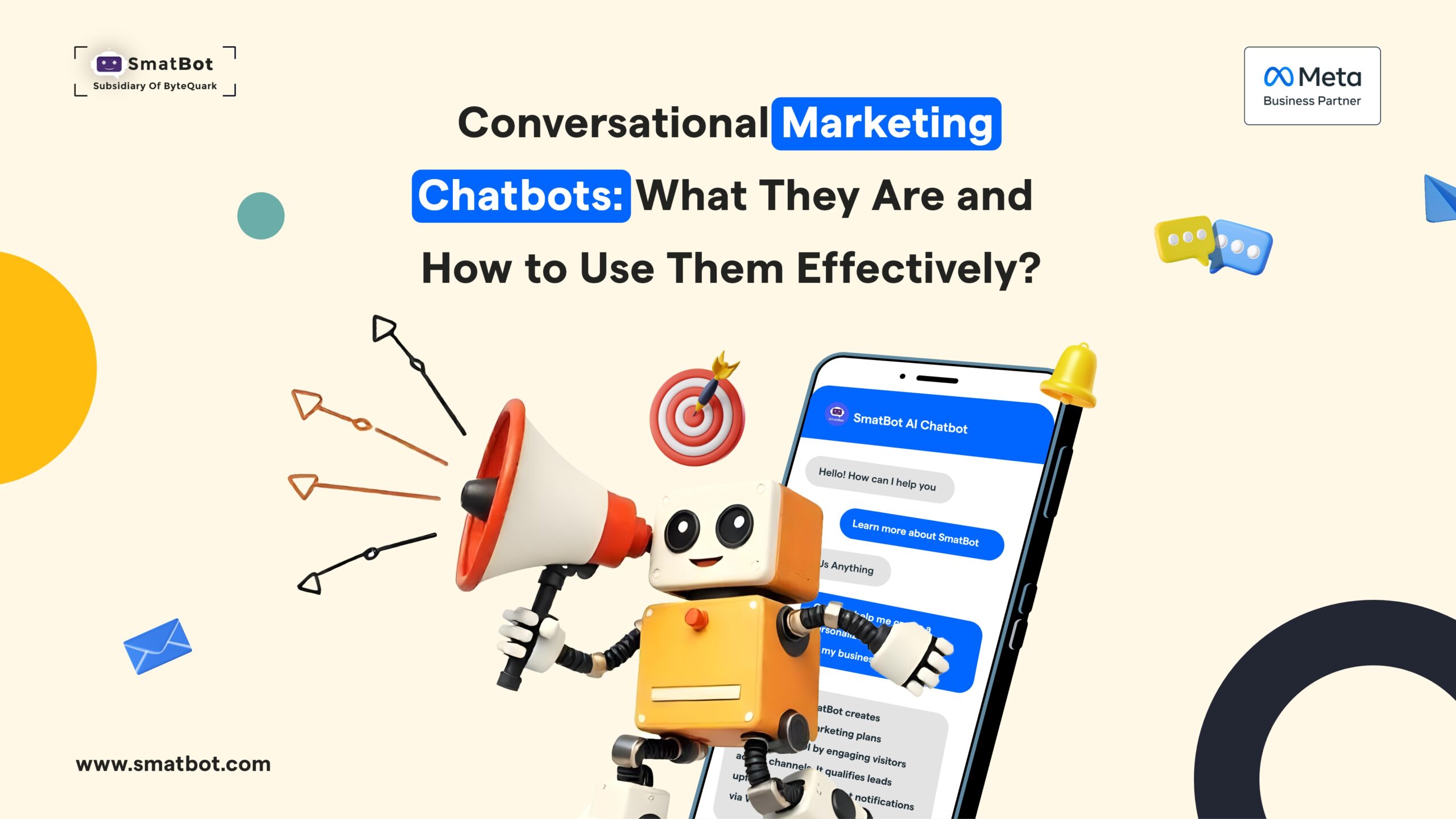The Future of Conversational AI: An Insight into Emerging Technologies
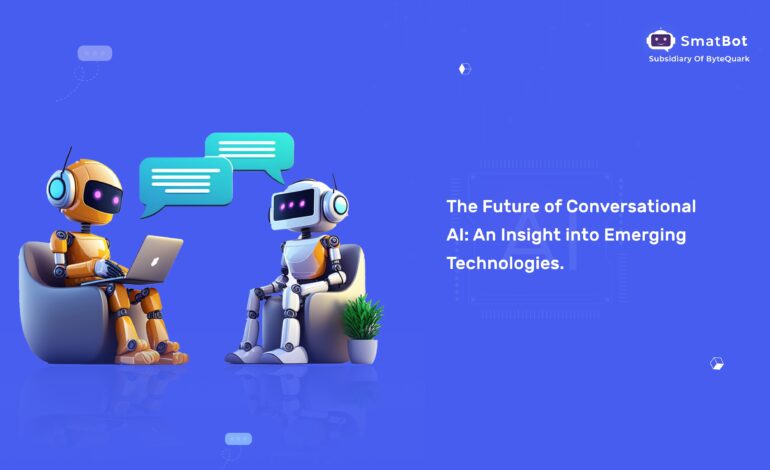
Conversational AI, also known as chatbots, has become a wave in the tech industry over the past few years. In fact, statistics show that 80 percent of people have interacted with chatbots at some point. These automated messaging systems have revolutionized the way businesses interact with their customers. This technology offers round-the-clock customer service, personalization, and streamlined communication. But what does the future hold for conversational AI?
To cast some light on this question, we have prepared this post. Here, we’ll deeply dive into conversational AI’s future. We will also explore the emerging technologies shaping how we communicate with machines. In addition, we will delve into the latest developments and innovations in conversational AI. Moreover, we will also share the top steps to follow to get the best AI chatbot technology.
Improved Conversational AI Performance Powered by Core AI Technologies.

Core AI serves as the foundation of artificial intelligence, or AI. The performance of conversational AI relies on this technology, as it enables AI to execute various tasks. Examples of such tasks include speech recognition, natural language processing (NLP), machine learning, decision-making, and more. Below, we explore the top ways in which core AI empowers this technology to accomplish such tasks.
- NLP Natural Language Processing
NLP is a subfield of artificial intelligence that enables computers to comprehend the meaning of human language, simulating human conversation. It is capable of understanding the intent behind a message, accurately identifying its meaning, and providing relevant responses. As a result, NLP plays a crucial role in enhancing customer engagement and satisfaction.
- Computer Vision
Computer vision refers to AI’s ability to recognize objects, scenes, and activities in digital images and extract meaningful information. It has a wide range of applications such as face recognition on platforms like Facebook.
Furthermore, this technology assists the computer in detecting product defects. Doctors can also use this technology to accurately diagnose conditions and analyze images. Computer Vision is also being utilized in games, education, and more.
- Machine Learning
Machine learning possesses the capability to analyze historical data, learn from it, and predict outcomes. It achieves this by undergoing data training, eliminating the need for explicit programming.
Machine learning constantly improves itself through iterative processes of trial and error. With the help of the feedback received during the improvement process, it can learn decision-making. As a result, it assists conversational AI in making data-driven decisions and predictions.
- Speech Recognition
Speech recognition enables AI to comprehend spoken words and transcribe them into text. This technology facilitates natural language communication between electronic devices and humans.
Moreover, speech recognition significantly expedites and simplifies tasks such as composing emails. It eliminates the need for manual typing, promoting hands-free operation of devices.
- Robotics
Robotics are AI-enabled technologies that utilize algorithms to perceive and navigate their surroundings, make decisions, and avoid obstacles.
Self-driving cars and drones are examples of this technology. These robotic systems are electrically driven and have computer programs that allow them to choose when, where, and how to perform tasks.
What is the Future of Conversational AI?

Conversational AI, also known as chatbots, is rapidly taking over the technology industry. Several industries have started adopting chatbots. Chatbots are expected to become more advanced as technology advances. Below are the top future predictions about conversational AI:
- Low-Code Conversational AI
A few years ago, the world of technology necessitates advanced coding skills in order to develop a simple platform. However, the situation has now reversed. It is now possible to create a simple platform without requiring advanced coding skills.
Surprisingly, several brands are focusing on conversational AI, which can be as simple as a drag-and-drop experience. The popularity of this trend is skyrocketing. As a result, we anticipate that conversational AI will increasingly emphasize low-code development approaches, providing advanced solutions for conversational AI creation.
- Enhanced Personalization
As more than 80% of consumers actively seeking personalized customer experiences, the field of conversational AI will continue to innovate in order to meet these expectations on a large scale.
AI solutions will provide expert-like guidance through the use of powerful recommendation engines. They will also comprehend the user’s intent behind a purchase and suggest products tailored to their needs at the right time.
- Natural Conversation
AI chatbots are making conversation more realistic and natural with the help of ML and NLP. They are using sentiment analytics to improve emotional intelligence, though the technology’s current accuracy may vary.
In the future, AI chatbots are expected to improve their ability to understand customer sentiments, anger, and emotions. Furthermore, users may prefer rule-based chatbots that respond to specific keywords or phrases. Overall, conversational AI will be able to respond positively and create a friendly environment in conversations.
- Rise in AI Adoption
Due to the COVID-19 pandemic, which caused numerous disruptions, there has been a substantial increase in the use of conversational AI. Many people lost their jobs due to operational discontinuity and financial losses. Additionally, most people were unable to travel due to travel restrictions. All of these factors contributed to the increased demand for conversational AI.
This also led people to understand the potential of conversational AI. Brands will continue to adopt conversational AI to provide more valuable customer service. Furthermore, the multilingual capabilities of conversational AI will become a top priority for brands dealing with international clients.
- AI Advisory
No matter how expert or good you are in your work or job, it is always beneficial to seek assistance to ensure perfection. Remember that we are all human and are prone to making mistakes, and forgetting things.
Conversational AI can provide valuable assistance in your work. According to one study, 70% of employees are willing to use artificial intelligence to improve their job performance. Doctors are asked to use conversational AI in several countries as they can offer a second opinion for their patients.
Employees can reduce errors in their tasks and improve their decision-making skills by incorporating conversational AI. This is achieved by considering multiple factors before making a decision.
- Innovation in Voice Assistant
Voice assistants currently face a number of difficulties, including variations in accents and pronunciation, background noise, and a few other issues.
About 11% of patents have been dedicated to improving voice assistants, demonstrating how critical it is to overcome these obstacles. These advancements are aimed at effectively eliminating background noise in various environments. This innovation aims to boost the accuracy of fulfilling requests and enhance the overall customer experience.
- Truly Omnichannel CX
Marketers must prioritize omnichannel customer engagement. To achieve this, your business needs to break down silos and ensure a unified conversation across each channel. The future of conversational AI will be more strategic and result-driven, and an omnichannel experience is essential for achieving that goal.
How are these Technologies Enhancing Human-Machine Touchpoints?
Conversational AI aims to be human-like technology. Developers or creators are working hard to make it a more human-machine touchpoint. Below are the top ways in which these technologies enhance human-machine touchpoints-
- Chatbots
Customers can interact with your brands by sending a message to customer service chatbots. They can connect you through omnichannel platforms such as Facebook, Skype, and others. Personalization, 24/7 availability, and other chatbot features make the customer journey more enjoyable.
- Predictive Analytics
Predictive analytics works by forecasting behaviour or future events using data and statistical algorithms. These data and algorithms are sourced from various sources, like social media, browsing history, and purchase history. It helps businesses to tailor their offering to each customer and anticipates customer needs and preferences. They also assist businesses in delivering a more personalized experience.
- Voice Assistance
Businesses are adding voice recognition features to their existing applications because their top priority is improving the customer experience. The voice assistant is designed in such a way that it understands and responds to natural language commands. It makes the interaction more human-like. Users use voice assistants to play music, read news, control electrical devices, check their balance, etc.
Top Steps to Follow to Get the Best AI Chatbot Technology

Nowadays, there are countless chatbots available for you to choose from for your company, making the selection process complex. Below are the top steps that you should follow to get the best AI chatbot technology –
- Define the Scope and Objectives
Chatbots can be used for various purposes depending on the need of the end users. For example, suppose you own a restaurant or a hotel and want to take online orders, a chatbot can help facilitate the ordering process. Additionally, it can handle order cancellations as well.
A tourist can also use a chatbot to book tickets and hotel rooms. This versatility highlights the value of a chatbot as a tool. As a result, it is critical to define clear goals and objectives for your chatbot.
Defining the scope or objective will help you decide your chatbot’s capabilities. It will also give your chatbot a new direction, which will lead you to success.
- Become Transparent
It is essential to remember that chatbots are an evolving technology that is constantly learning. Being transparent with your customers about the limitations of your chatbot is crucial. Remember, hiding these limitations can be a major mistake that can harm your reputation in the eyes of your customers.
Every company should inform their customers that their chatbot has certain limitations. Users are more likely to become frustrated and disappointed when they receive irrelevant or incorrect responses than when they receive a message acknowledging the bot’s limitations, such as “I’m just a bot, it’s difficult for me.”
- Handoff to a Human
Some conversations can be challenging for AI chatbots to handle. It is crucial to detect these complex conversations and transfer them to a human agent. This method saves time while ensuring that the query is addressed directly by a human. By doing so, it minimizes customer frustration and effort.
Conclusion :
The future of conversational AI presents a promising landscape where technology and human interaction seamlessly converge. Emerging technologies are set to redefine our relationship with machines, empowering us with more intuitive, personalized, and immersive experiences. The journey ahead holds immense potential, and it is exciting to witness the evolution of conversational AI as it shapes how we communicate and interact with the world around us


